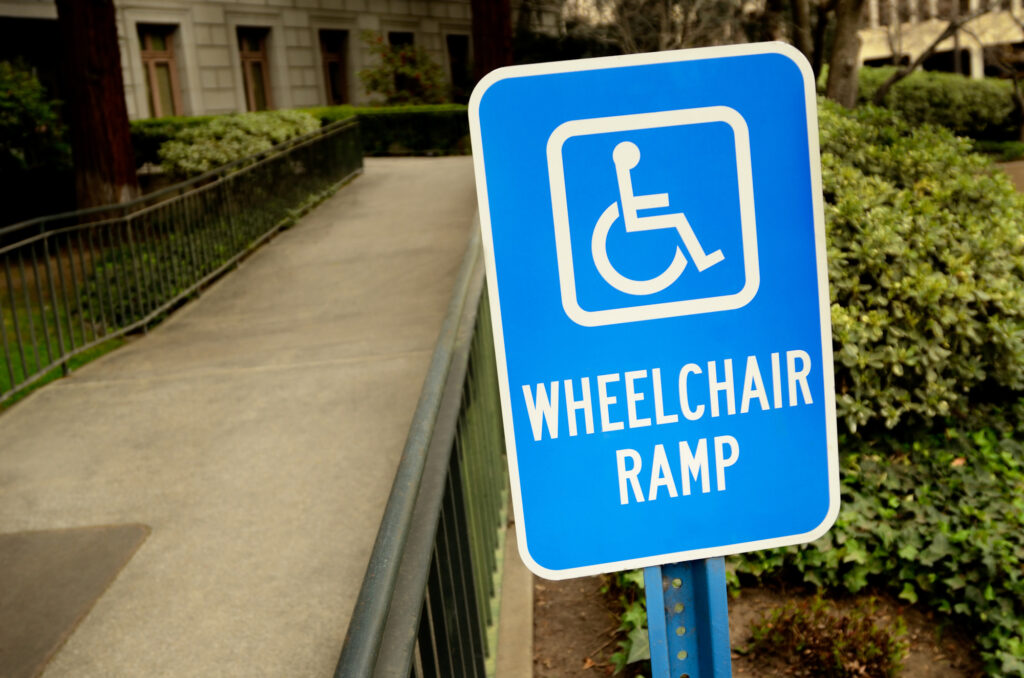7 Ways to Create a Disabled Accessible House
Getting around your own home should never be a chore.
That’s why so many people with disabilities despair at the lack of homes with support for accessible living. Still, there’s hope, and accessibility awareness is improving all the time.
Ready to learn? Here are seven ways to create an accessible house.
1. Wide Doors
The width of a doorway is proof that accessibility takes many forms. After all, you may not consider doorways an accessibility issue.
Yet for people in wheelchairs or other mobility aids, an average doorway can be an obstacle. Wider doors open a space up to everyone. Accessibility quite literally opens doors for disabled individuals.
2. Ramps
Wide doors won’t do much good if wheelchairs can’t get to them in the first place. An accessible home uses ramps to ensure that all areas of the home are available to mobility aids.
Ramps can also make a home more accessible for those with only mild disabilities, like those that often accompany old age, alongside reducing the risk of trips and falls.
3. Lowered Surfaces
Life in a wheelchair shouldn’t feel like living in a world of giants. Lowering surfaces in the home gives disabled individuals their independence back, allowing them to continue living their lives without the feeling of living in a home not built to their scale.
More importantly, lowering surfaces like countertops greatly reduces the potential risk of injury from daily activities.
4. Stair Lifts
Stair lifts are one of the earliest elements of accessible home design to become commonplace, and they’ve stuck around for good reason.
Stairs present a major barrier to accessibility, and installing a stairlift is one of the easiest ways to adapt a multistorey home for accessible living. A stair lift alone can add decades to the time a person can comfortably remain in their home.
5. Wheelchair Lifts
Sometimes a stair lift doesn’t go all the way to resolving an accessibility issue. After all, a person’s mobility aid is often an extension of themselves, which means leaving it behind isn’t an option. While wheelchair lifts often eat up space in the home, the accessibility they provide is often worth it.
6. Non-slip floors
Those with mobility issues often have a more limited ability to recover their equilibrium and may be more prone to injury if they should fall. Non-slip floors are essential for dealing with these two concerns and make the home a safer place to be.
7. Wet Rooms
Wet rooms are an excellent way to make a bathroom disability-friendly. Unlike some modifications, they also don’t have much impact on the other members of a household. That makes them an easy victory for accessibility, preserving all the basic features of the room while removing its drawbacks and hazards.
Building an Accessible House
These features make more than an accessible house—they make an accessible home. Home is where we should all feel safe and comfortable, so accessibility features like these can completely change a life for the better.
Looking for more realty advice? Make sure to check back often for more guides.
